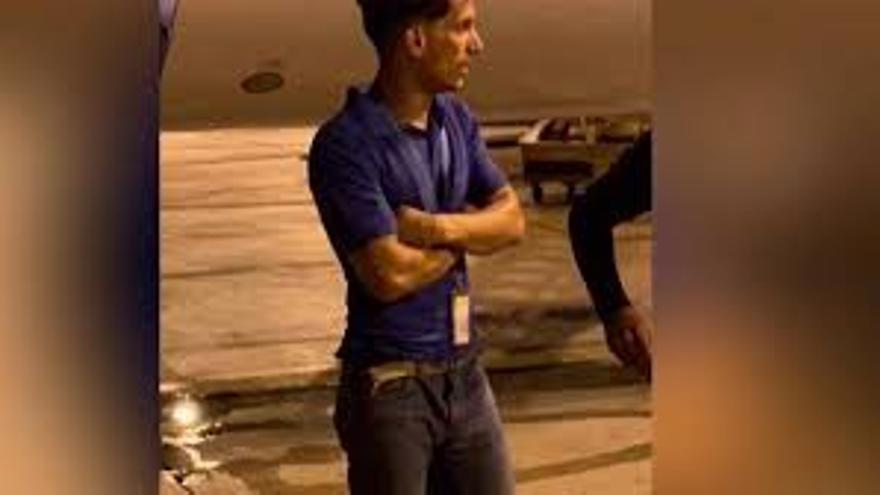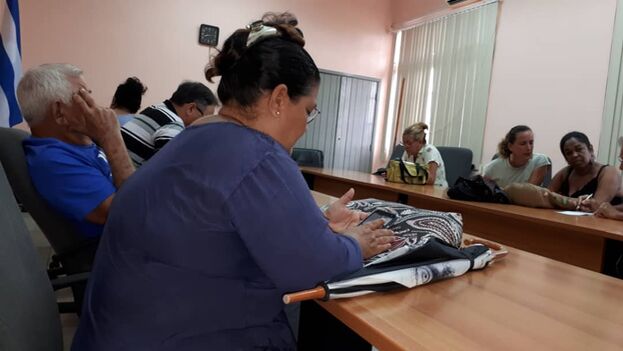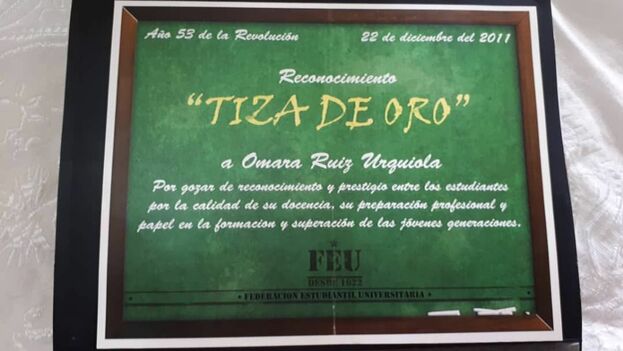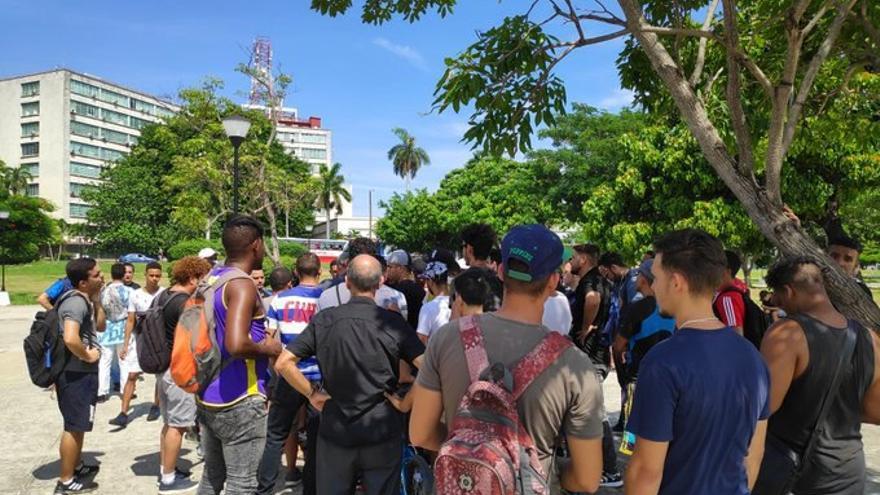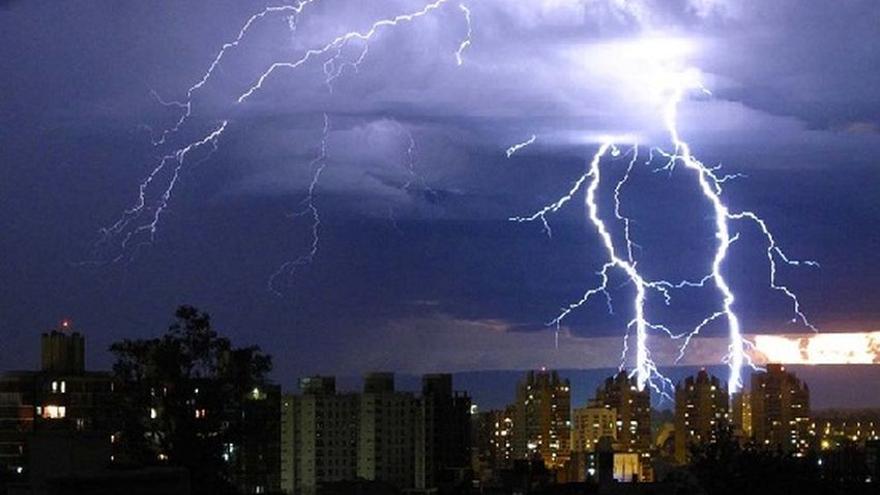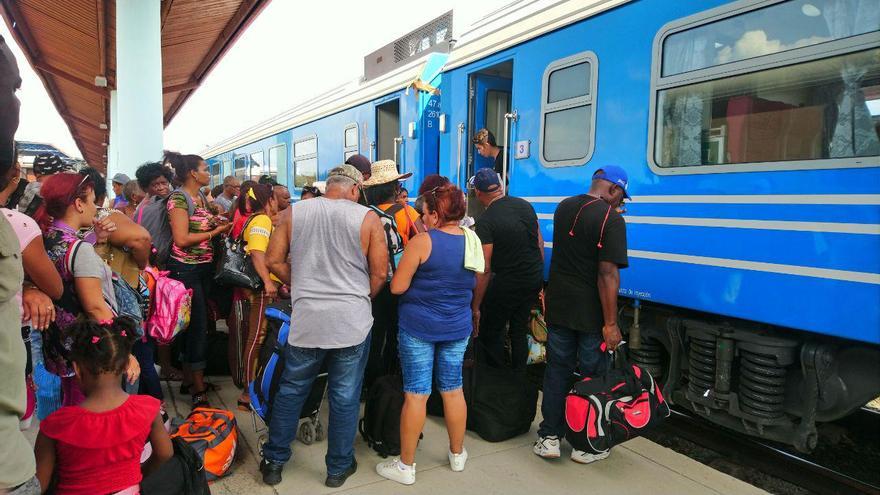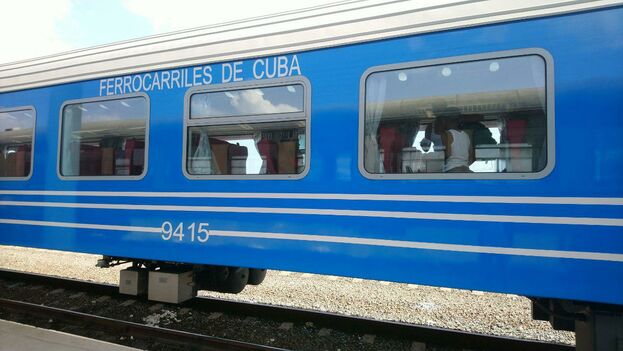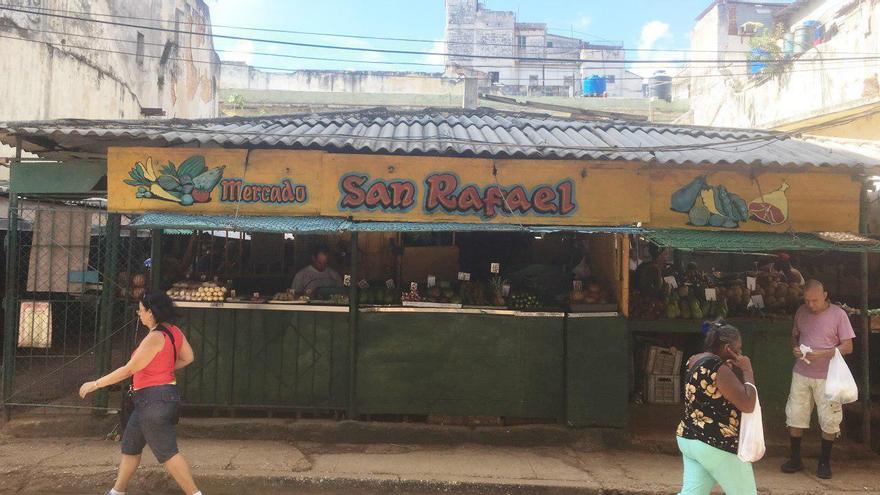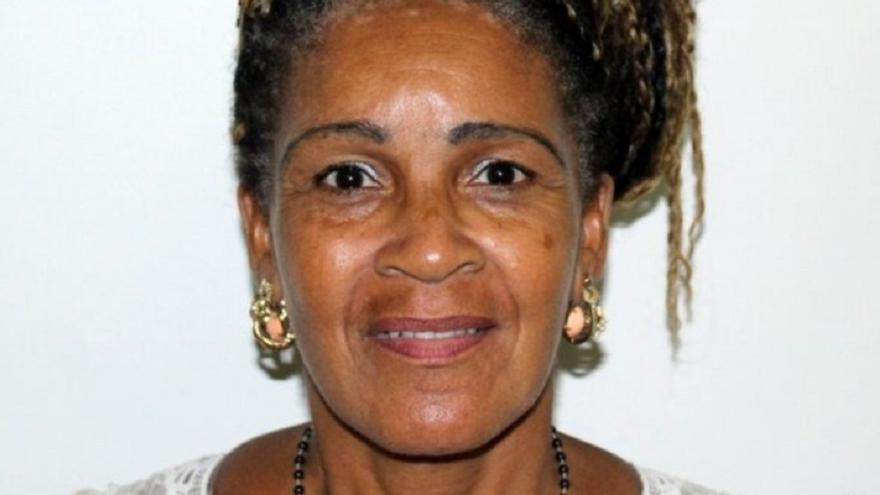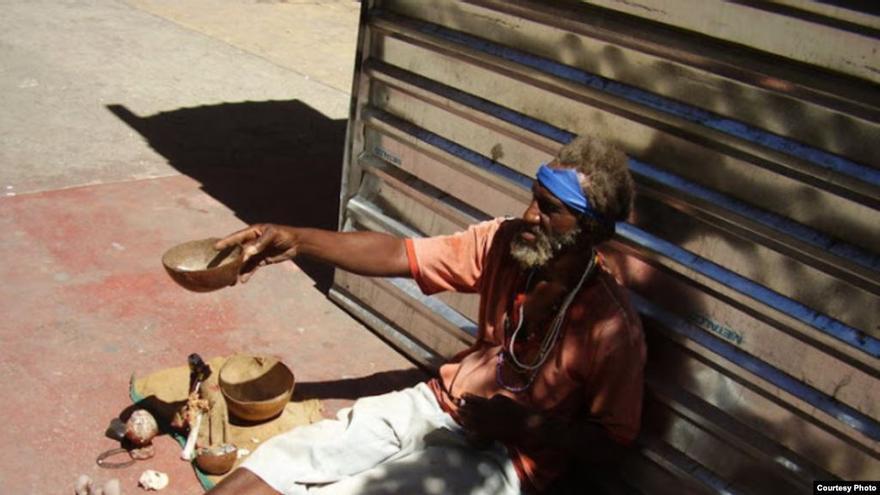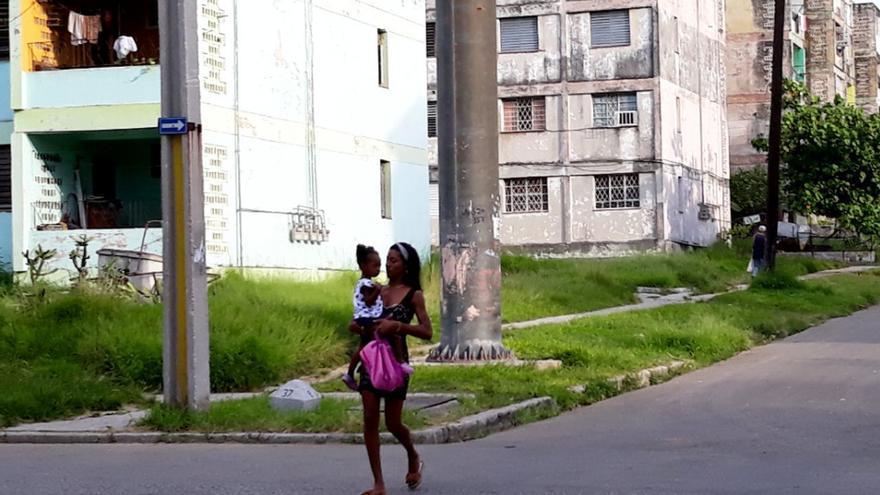
![]() 14ymedio, Carlos Alberto Montaner, Miami, August 18, 2019 — Fighting globalization isn’t just counterproductive: it’s useless. It’s counterproductive, because one of the unforeseen consequences of globalization is the beneficial battle against corruption. Globalization leads us to behave better. When countries were isolated, it really mattered little if country A or B was corrupt. Today, now that they are joined in large circuits, the corruption of the other harms us much more directly.
14ymedio, Carlos Alberto Montaner, Miami, August 18, 2019 — Fighting globalization isn’t just counterproductive: it’s useless. It’s counterproductive, because one of the unforeseen consequences of globalization is the beneficial battle against corruption. Globalization leads us to behave better. When countries were isolated, it really mattered little if country A or B was corrupt. Today, now that they are joined in large circuits, the corruption of the other harms us much more directly.
His majesty the Internet and social media reign. Everything is known instantly and there is an electoral cost for shamelessness. Within the European Union, and within every society, there is less and less patience with nations like Greece, Romania, Italy, Portugal, and Spain that have corrupt practices. Meanwhile, for years the figure of “conflict of interests” has been in the penal code. Until relatively recently German companies could deduct bribes from their habitual costs of doing business. That is no longer possible.
The trend, then, set by globalization is favorable. There is no longer glamour in corruption. In Cuba, when I was an adolescent, there did not exist a moral sanction against dishonesty in the administration of public resources. Jokes were told about thieving politicians and many people aspired to be a “tax inspector” or anything with the object of “making a killing.” That attitude, present in almost all of Latin America, is no longer acceptable. It exists, but it has a social cost. At least it’s a start. continue reading
Roughly speaking, in the world there are 180 nations who deserve to be called nations. Approximately 150 are fundamentally corrupt. It has always been that way. Economic power feeds big shots and big shots increase the resources of economic power. They are two social spheres that complement and mutually reinforce each other. This happens in dictatorial regimes and in the planet’s imperfect democracies.
Corruption does a lot of damage. It generates a growing atmosphere of cynicism. It belies the principle that all citizens are equal before the law, which is fatal for democracy. It hinders competition. It discourages personal effort: why study and do things well if economic success depends on relationships? It raises prices. All are problems.
The most honest countries, according to Transparency International, are the Scandinavian ones and those spawned by Great Britain: New Zealand, Canada, Australia, the United States, and Ireland. The countries of northern Europe are also on the list of the best, although on a second tier: Holland, Germany, the Baltic states.
At the head of the most honest pack is the kingdom of Denmark, but very close to it is Singapore, which contradicts the hypothesis that it is a question of culture. Within Europe, the nations of “Latin” origin are the most dishonest: Spain, Portugal, Italy, Greece, Romania. Even France.
But it’s necessary to go further. It’s not only about “moral rearmament” or the elimination of North American or European visas. That’s not sufficient. It is important to place legal barriers against corruption. In Denmark, for example, the commission that studies and assigns auctions is constituted of experts who have no access to those who offer their services and vice versa.
Antonio Maura Montaner, an honest Spanish politician at the end of the 19th century and the beginning of the 20th, spoke of his country’s necessity of “broad daylight.” Today he would have recommended the Internet. Every public action should be recorded on a web page so that any citizen can find out what is done with taxpayers’ money, with their money, including auctions.
It is necessary to create barriers between corrupters and corrupt. There’s no need to prevent lobbies from existing, but they must exhibit their comparative advantages via the Internet and not in dark meetings with those who can use their services or products.
In Spain they used to speak, jokingly, of “envelope-taking” journalists. Corrupters would hand them an envelope and they would pocket it with a smile. The Internet, mobile phones, and international circuits — all instruments of globalization — have wiped them off the map. Magnificent.
Translated by: Sheilagh Herrera
__________________
The 14ymedio team is committed to serious journalism that reflects the reality of deep Cuba. Thank you for joining us on this long road. We invite you to continue supporting us, but this time by becoming a member of 14ymedio. Together we can continue to transform journalism in Cuba.



